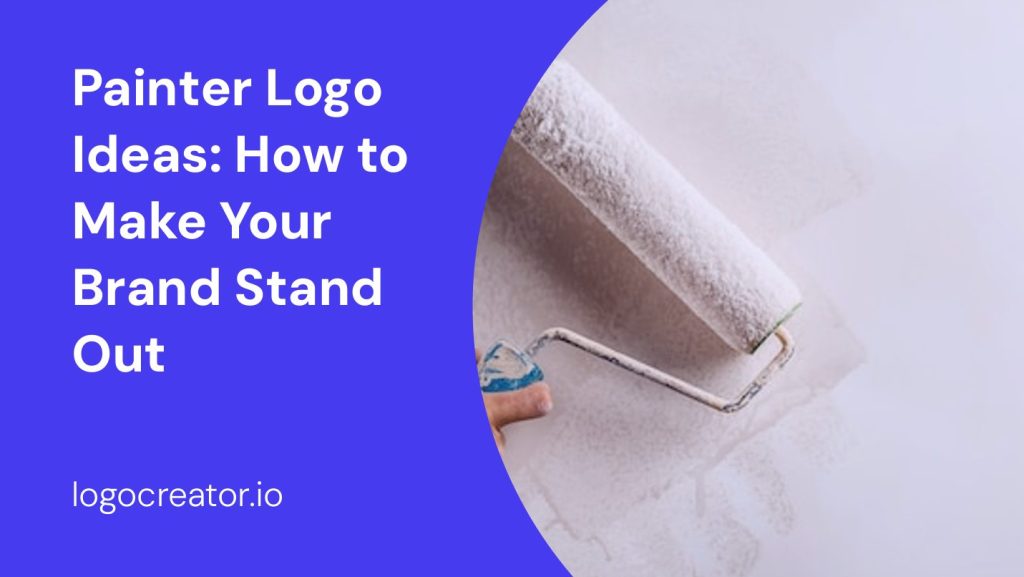Are you a painter looking to establish a strong brand identity? One of the most important elements of branding is your logo. A well-designed logo can make a lasting impression, attract potential clients, and set you apart from your competition. In this article, we will explore some painter logo ideas that will help you create a memorable and impactful brand.
Why is a Logo Important for Painters?
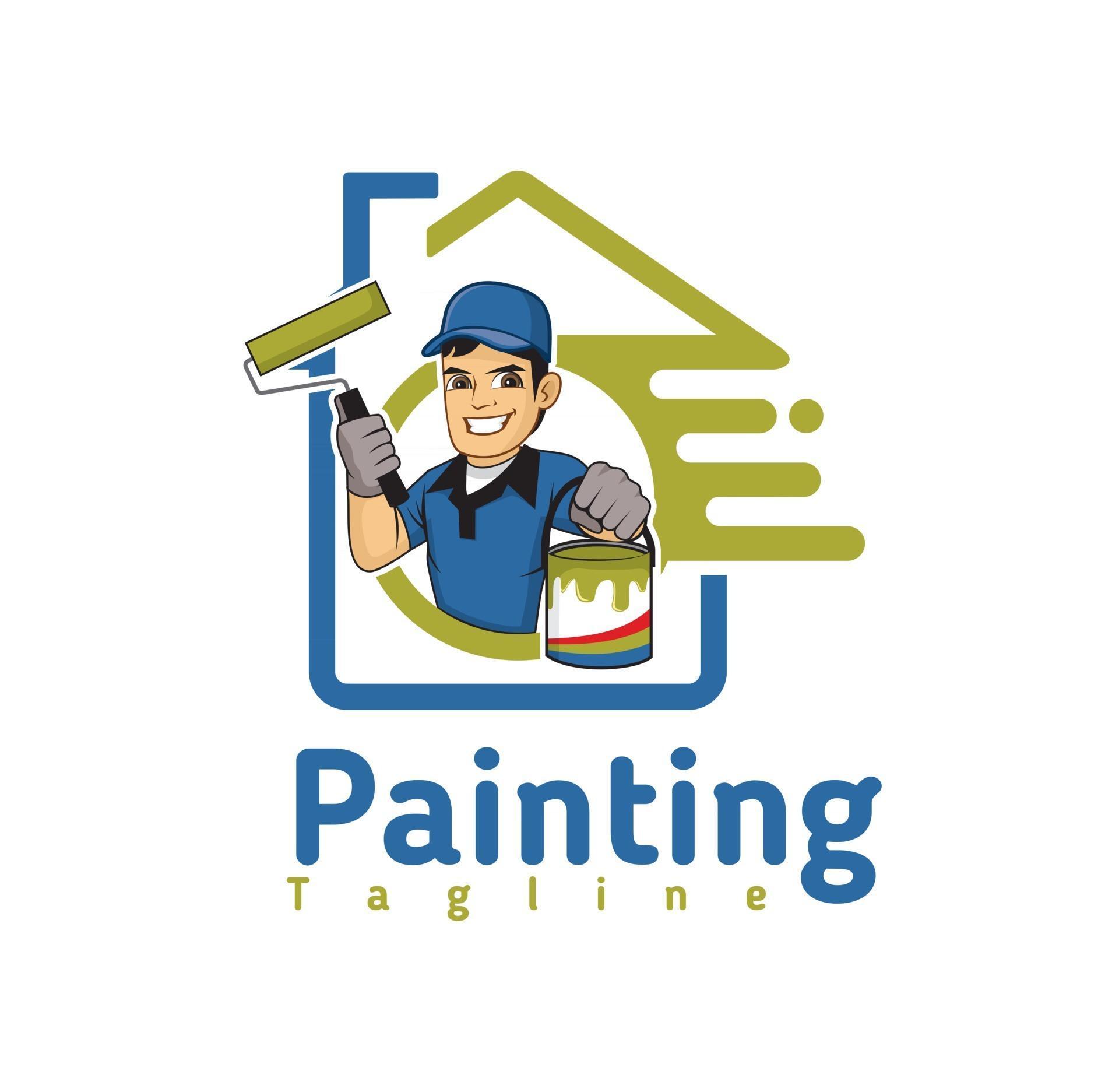
Before diving into logo design ideas, let’s first understand why a logo is crucial for painters. A logo serves as the visual representation of your brand. It is the face of your business and often the first thing potential clients see. Here are a few reasons why a well-designed logo is important:
- Brand Recognition: A logo helps clients recognize and remember your brand easily. It acts as a visual cue that triggers feelings and associations with your business.
- Professionalism: A professional logo can give your painting business a polished and trustworthy appearance. It shows that you take your craft seriously and are committed to delivering quality work.
- Differentiation: In a competitive market, a unique and distinctive logo helps you stand out from the crowd. It sets you apart from other painters and helps potential clients remember you.
Now that we understand the importance of a logo, let’s explore some creative ideas to inspire your own painter logo design.
1. Incorporate Paintbrushes and Colors
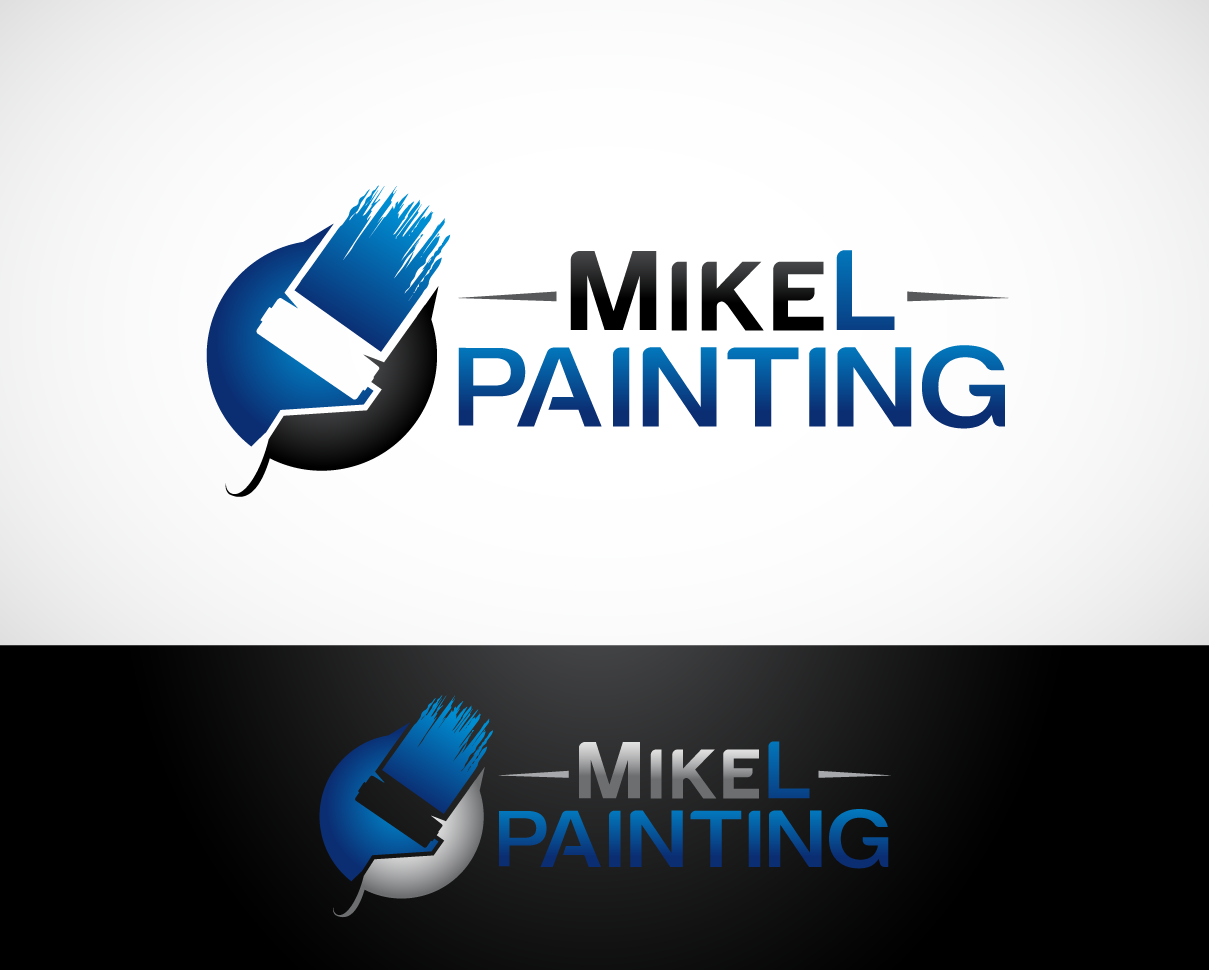
One of the most obvious symbols to include in a painter’s logo is a paintbrush. This simple yet effective tool represents your craft and instantly communicates what your business is about. Consider incorporating paintbrushes into your logo design in a creative way. You can play with different styles, sizes, and orientations to make it unique.
Colors are another crucial element for a painter’s logo. They evoke emotions and can instantly capture attention. Incorporate vibrant colors that represent your painting style or use a bold color palette to make your logo visually appealing. Experiment with different color combinations to find the perfect balance.
2. Abstract Shapes and Forms
If you want to move away from literal representations, consider using abstract shapes and forms in your logo design. Abstract designs provide a sense of creativity and uniqueness. They allow for more interpretation, enabling your audience to develop their own understanding of your brand.
Experiment with geometric shapes, fluid lines, or even paint splatters to create an abstract logo that reflects your artistic personality. Keep in mind that simplicity is key; your logo should still be easily recognizable and memorable.
3. Typography-focused Logos
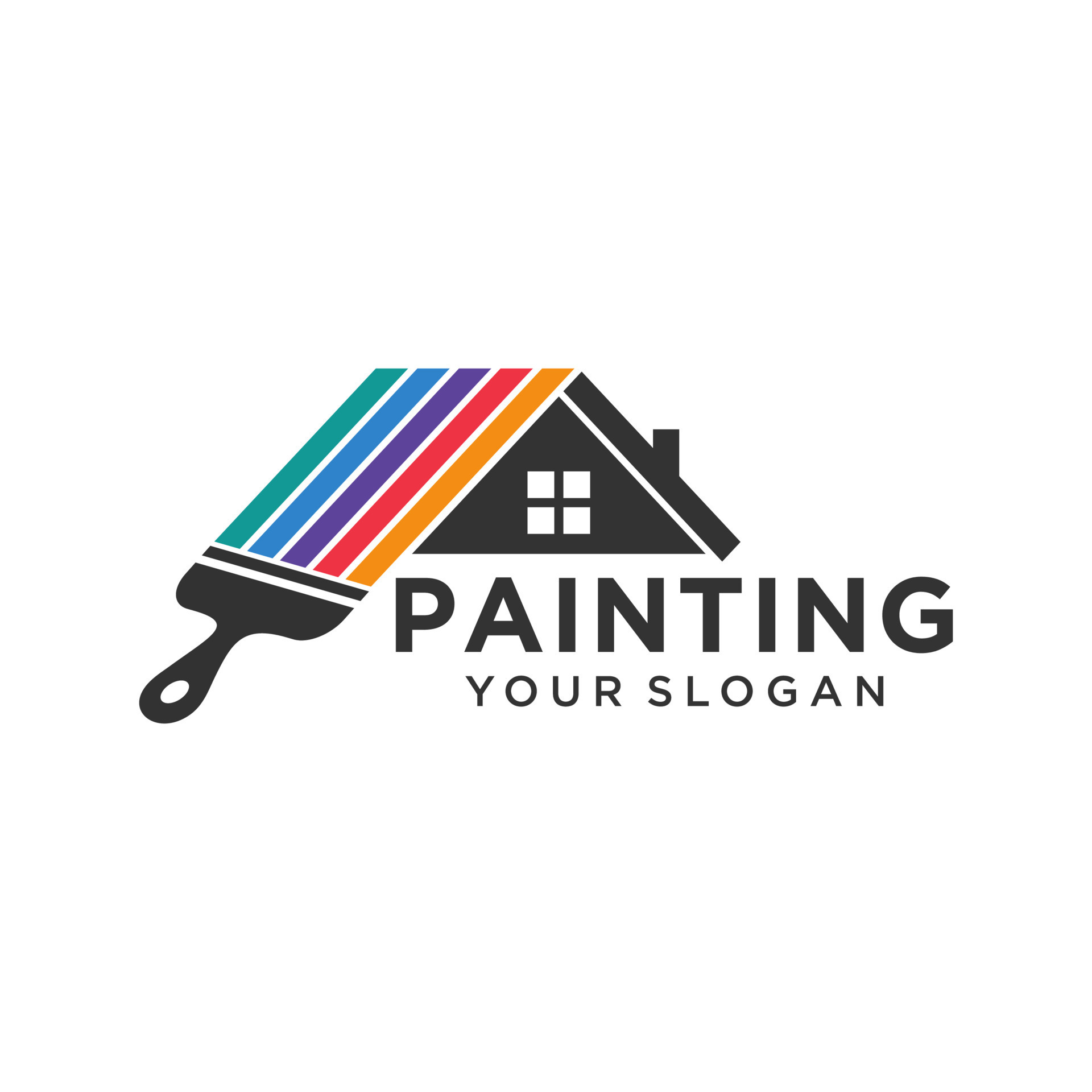
Sometimes, a well-designed typographic logo can be just as impactful as a symbol-based one. Consider using custom typography to create a unique logo that reflects your style and personality. Experiment with different fonts, sizes, and weights to find the perfect combination.
If you choose to go with a typography-focused logo, make sure the font selection matches the nature of your painting business. For example, if you specialize in traditional or classical painting, choose a font that reflects that aesthetic. On the other hand, if you focus on contemporary or abstract painting, opt for a more modern and edgy typeface.
4. Play with Negative Space
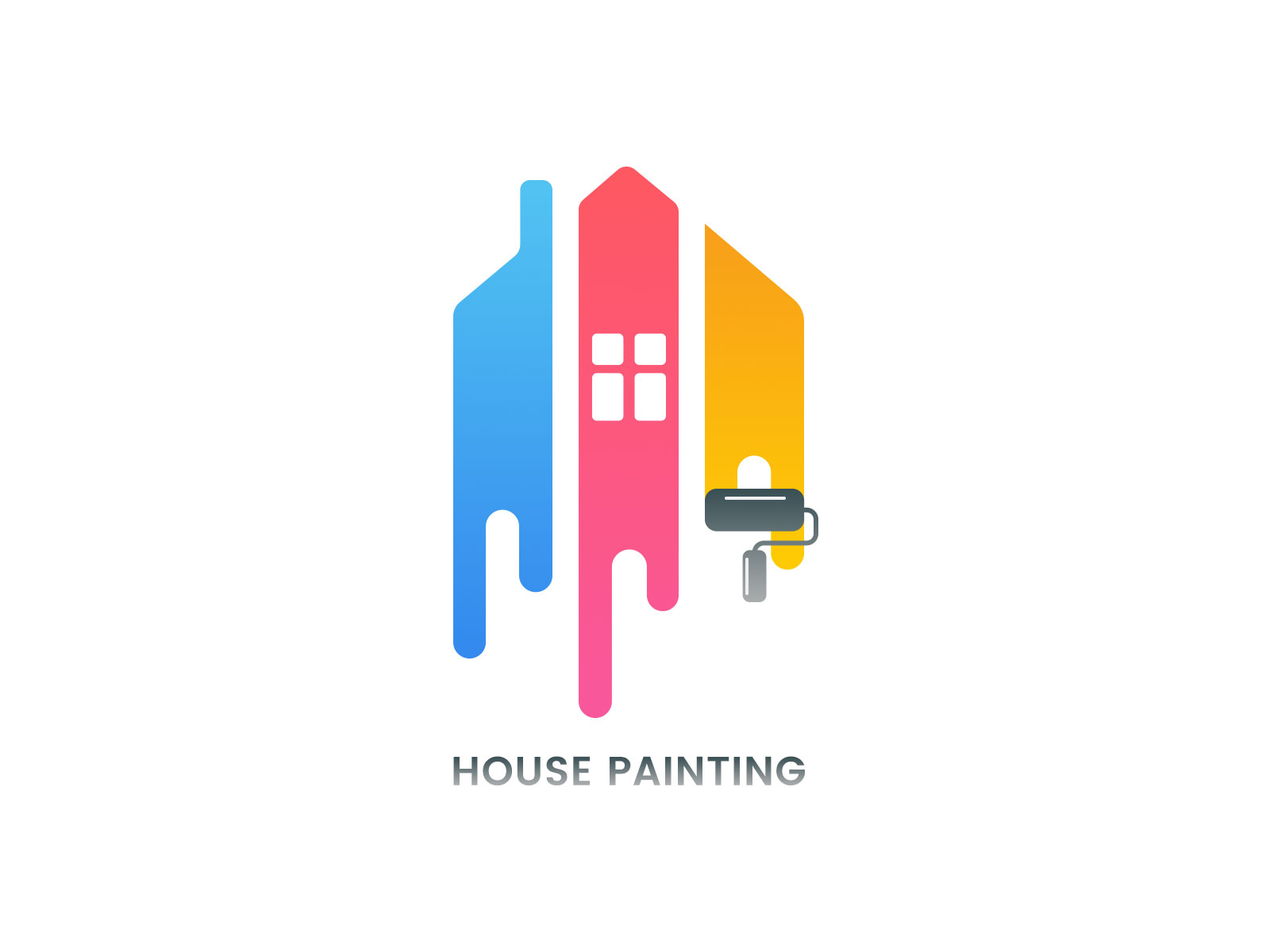
Negative space, the area around and between the main elements of your logo, can be creatively utilized to add depth and meaning to your design. It allows you to incorporate hidden symbols or create optical illusions that make your logo more engaging and memorable.
Explore ways to incorporate negative space in your painter logo design. For example, you can use it to form a hidden paintbrush, paint palette, or any other relevant element. This approach not only adds visual interest but also creates a sense of discovery for your audience.
5. Incorporate Local Elements
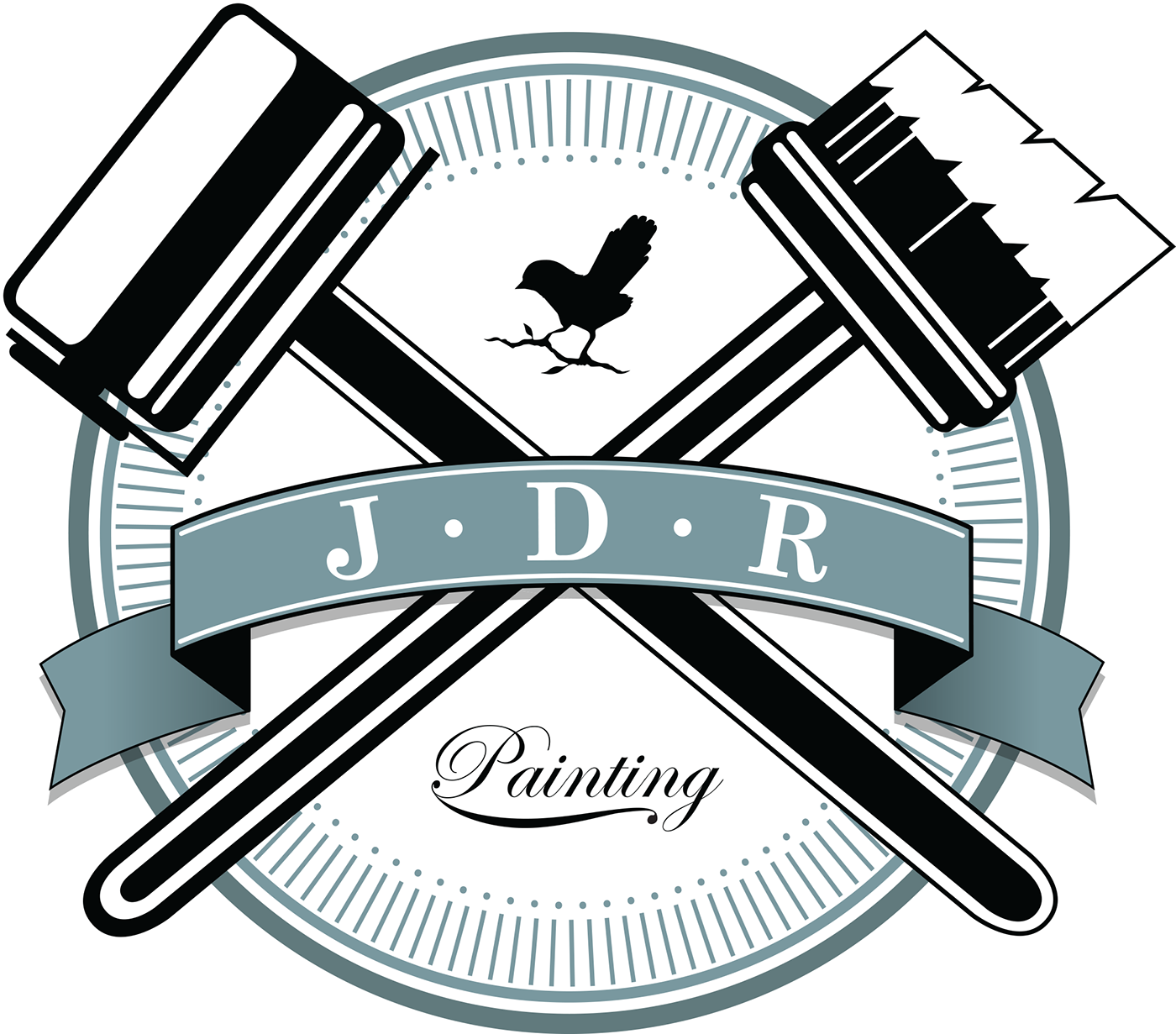
As a painter, you likely have a specific geographic area where you operate. Incorporating local elements in your logo design can help you establish a stronger connection with your target audience. Consider incorporating landmarks, local symbols, or even regional color palettes that are unique to your area.
By incorporating local elements, you create a sense of familiarity and belonging, making your brand more relatable to potential clients in your community.
6. Minimalist and Clean Designs
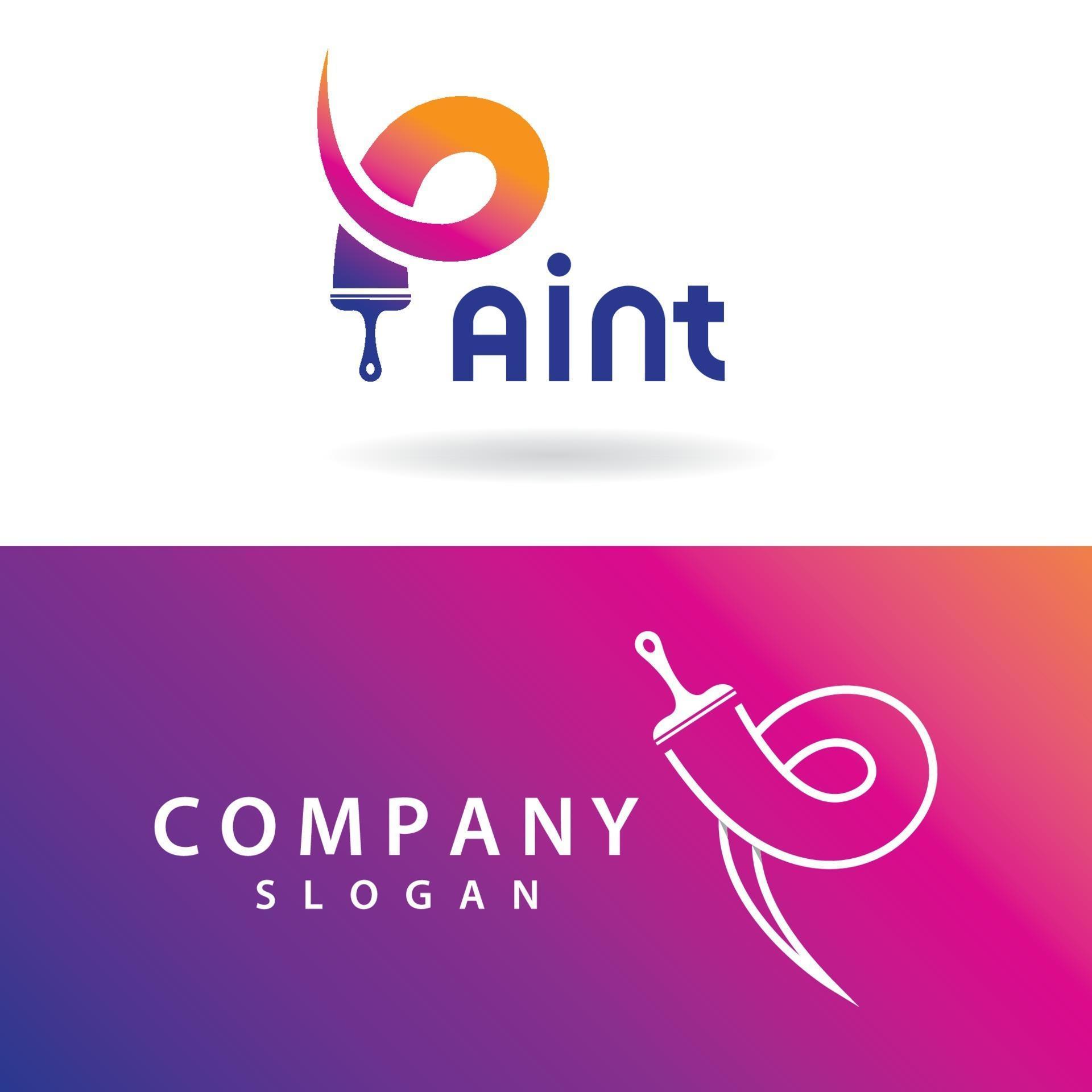
In today’s digital age, simplicity and minimalism are often preferred in logo design. A clean and minimalist logo can communicate professionalism, sophistication, and modernity. Minimalist designs are also more versatile and adaptable across various mediums and platforms.
Consider using simple shapes, clean lines, and a limited color palette to create a minimalist painter logo. Focus on the essential elements that represent your brand, and eliminate any unnecessary details or clutter.
7. Custom Illustrations
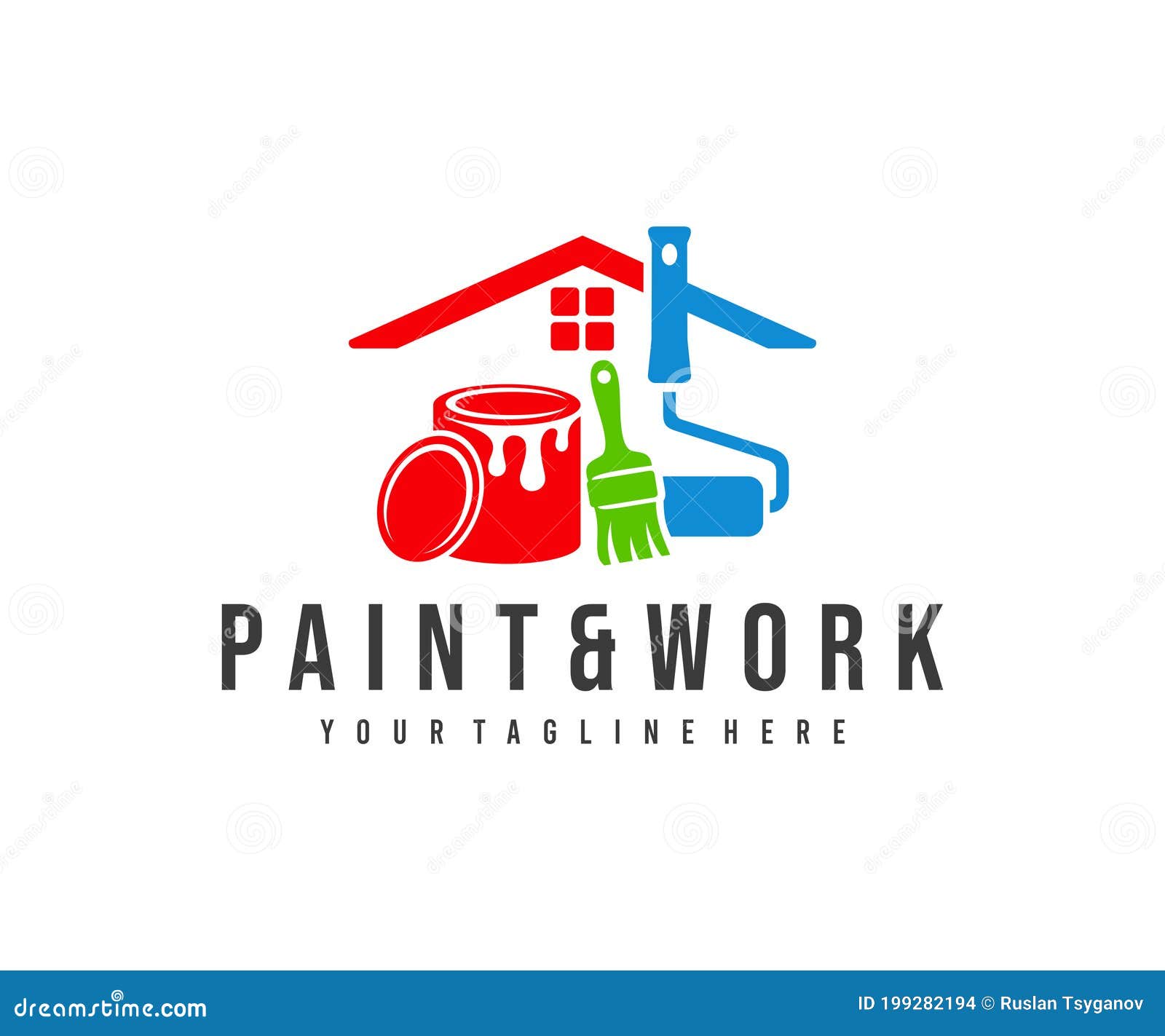
Another way to make your painter logo unique and memorable is by incorporating custom illustrations. These illustrations can represent various painting concepts, such as paint cans, easels, or even landscapes. Custom illustrations allow you to showcase your creativity and add a personal touch to your logo.
Collaborate with a skilled illustrator or graphic designer to bring your vision to life. Provide them with a clear brief and share your artistic style and preferences to ensure the final illustration aligns with your brand identity.
Conclusion
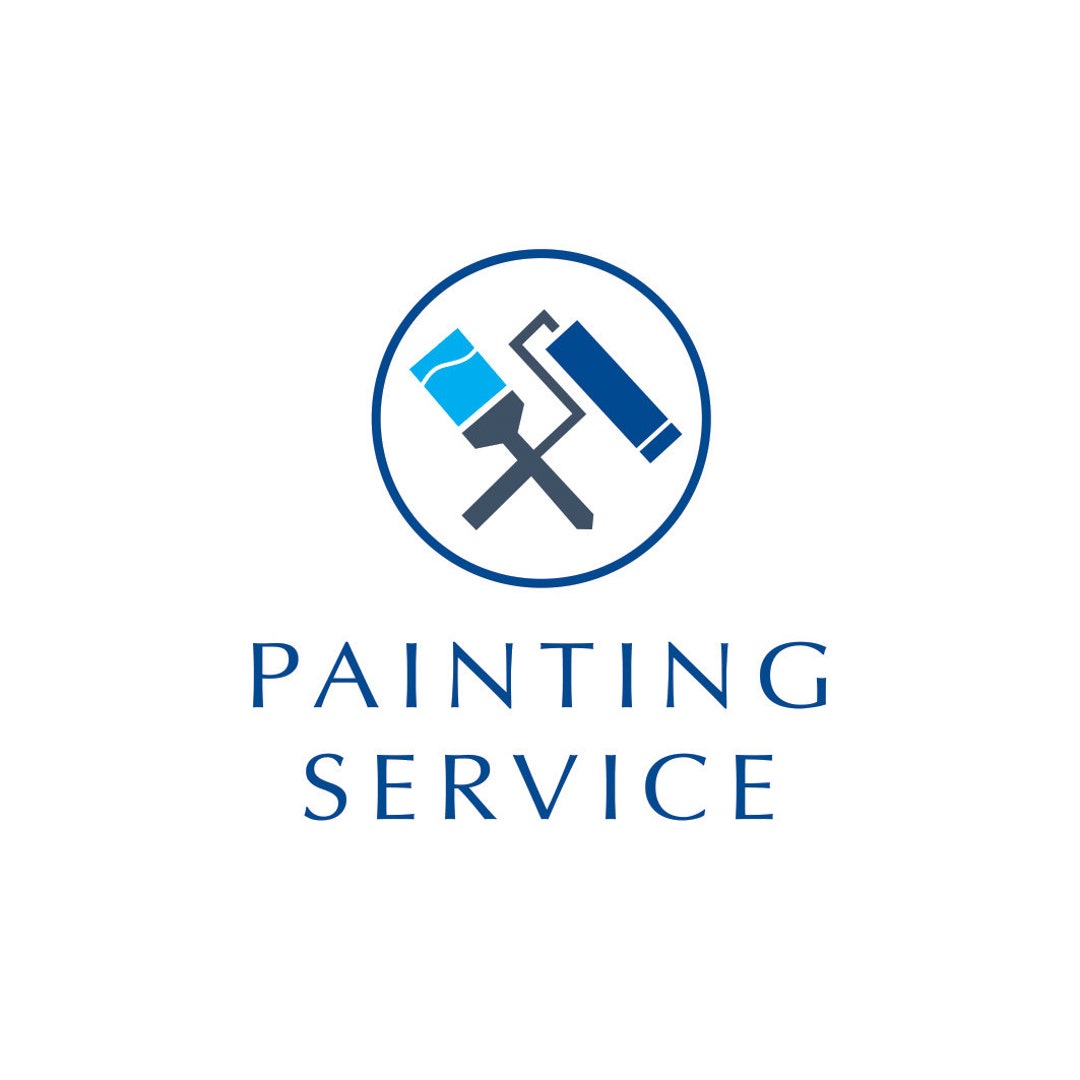
Creating a memorable painter logo is essential for establishing a strong brand identity. Your logo should reflect your artistic style, professionalism, and uniqueness. Consider incorporating paintbrushes, colors, abstract shapes, or custom illustrations to make your logo visually appealing and impactful. Experiment with different design approaches and don’t be afraid to think outside the box. By investing time and effort into designing a standout logo, you can attract more clients and establish yourself as a reputable painter in your community.
Marietta Arnold is a branding and design enthusiast who draws inspiration from hobbies like hiking, photography, and art exploration. With a background in graphic design, she shares insights on branding strategies and logo design trends. Stay updated with Marietta’s work for the latest in branding and design.
